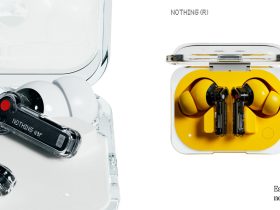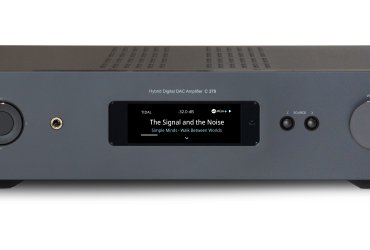OPPO revealed its new Air Glass 3 assisted reality glasses at Mobile World Congress (MWC), currently underway in Barcelona. The glasses can access OPPO’s AndesGPT model via smartphone app for generative AI capabilities.
OPPO collaborated with Qualcomm Technologies, Inc. and start-up AlpsenTek to introduce a new AI Motion algorithm based on Hybrid Vision Sensing (HVS) technology. This, says OPPO, brings added clarity to photography and videography of high-speed moving objects.
Further to this, OPPO is showcasing a range of products with partners, including Google, Qualcomm Technologies, and MediaTek, and has announced that OPPO smartphone users will soon be able to connect their phones to Microsoft Copilot.
The OPPO Air Glass 3 can understand various data types, including text, images, video, and audio. Multimodal AI technology can process and interpret more complex user scenarios.

Weighing just 50 grams, the OPPO Air Glass 3 features a self-developed resin waveguide with a refractive index of 1.70, a display brightness uniformity of more than 50%, and a peak eye brightness of more than 1,000 nits. These ensure a wearing experience that is close to that of a regular pair of glasses while also providing a full-colour display. Access to OPPO AndesGPT means wearers can lightly press the temple of the OPPO Air Glass 3 to activate the AI voice assistant and begin performing a range of tasks.
The OPPO Air Glass 3 also supports touch interaction, which can be used to easily control functions such as music playback, voice calls, information display, colour image browsing, and more. The glasses also feature reverse sound field technology, an open acoustic design with four microphones, and other innovations that improve noise isolation to deliver high audio quality and enhanced privacy protection.
Also, at MWC, OPPO and Microsoft announced that they will work closely together and explore AI technology to enhance user experience on different devices. Soon through Microsoft Link to Windows and a new plugin, OPPO users will be able to use Copilot to generate content, translate text messages, and search addresses on their smartphones via a connected PC.








